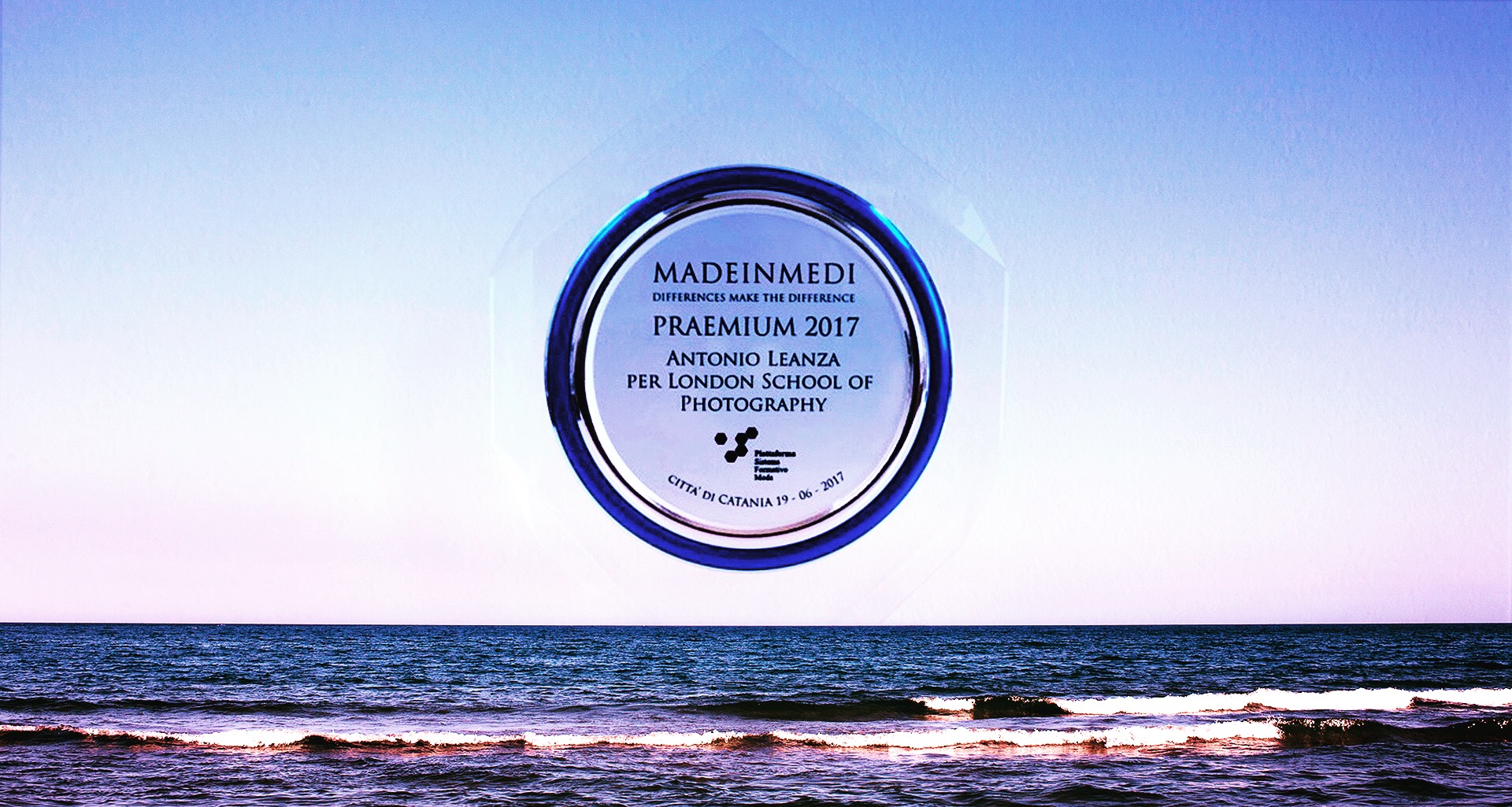
Tag News
Madeinmedi hosts the founder of the London School of Photography
Text Source: HariMag (translated from Italian)
Images by Antonio Leanza
Madeinmedi hosts the founder of the London School of Photography
Madeinmedi this year opened its doors to the world of photography. Students from the Department of Photography will be present at the event with some of their work inside the exhibition. Young, future talented photographers will be able to gain new stimuli from Antonio Leanza, founder of the London School of Photography, who will be present at the show. Antonio, born Sicilian, brings with him forty years of artistic and profound photographic activity. After years of teaching and living in London, he opened the London School of Photography in early 2000. Madeinmedi wants to Award Antonio’s unshakable resolve in sharing his know-how, his vision and experience with cultures other than ours.
Free eBook – Photography Tips & Assignments
In December last year we prepared an e-book with a selection of Photo Tips & Assignments that have been published on a monthly basis since 2012.
They have been selected from the best of our Newsletter, reviewed and updated and include some of the winning photographs as well.
Some of you contacted us to make it available in the blog as well, so here is the link for download:
If you haven’t heard of Lens Culture yet, you need to visit their website straight away.
The online magazine is a really resourceful place for photographers or anyone who wants to keep up with the latest trends and debates in photography.
They have just released a free guide from Magnum Photos: Wear Good Shoes: Inspiring Advice from Magnum Photographers filled with excellent tips, advice and words of wisdom from the photographers at Magnum, as well as many of their iconic images. A great resource for anyone who wants to make better pictures.
